China: Sichuan
Comprehensive coverage of all the best birding areas across Sichuan! From the high Tibetan Plateau to the forested valleys below, expect some superb pheasants: Blood Pheasant, Chinese Monal, Golden Pheasant, Lady Amherst's Pheasant, Blue Eared Pheasant, and Temminck's Tragopan, to name just a few. At this time of year the stunningly scenic region is full of breeding passerines like the bright red Firethroat, shining blue Grandala, and subtly lavender White-browed Tit-warbler. There are many exciting endemics like Sichuan Jay, Emei Shan Liocichla, Grey-hooded Parrotbill, Sooty Bushtit, the monotypic Przevalski’s Finch (Pinktail), Slaty Bunting, plus so many robins, warblers, and rosefinches. We should also see the lovely Red Panda quite easily at Wawushan.
Next Dates
26 May - 10 June 2026 (16 days)
Leaders:
Joshua Bergmark
Group Size Limit:
7
Single Room Supplement: $
800 USD
Deposit: $
750 USD
Price: $
5600 USD
Add a Title
Leaders:
Joshua Bergmark
Group Size Limit:
Add a Title
Single Room Supplement: $
TBD
Deposit: $
TBD
Price: $
TBD
Add a Title
Despite travel to China sometimes being viewed with trepidation, foreign bird tours to the country have been running successfully throughout 2024 and 2025. Our participants experienced no issues obtaining visas, ground logistics are running smoothly, and the birding is excellent!
Accommodation:
Comfortable hotels throughout.
Walking difficulty:
Mostly easy roadside birding and short forest trails, though note that some high altitudes are involved.
Tour cost includes:
All accommodation, main meals, drinking water, internal flights (as stated in itinerary), overland transport, tips to local drivers and guides, travel permits, entrance fees, and guide fees.
Tour cost excludes:
Flights before and after the tour start/end, visa, travel insurance, tips to tour leaders, laundry, drinks, and other items of a personal nature.
VISA-FREE TRAVEL: Citizens of more than thirty countries can currently travel to China without a visa for holidays shorter than 30 days. This makes it easier than ever to join this tour! Valid for passport holders in Australia, Austria, Belgium, Denmark, Finland, France, Germany, Greece, Hungary, Ireland, Italy, Luxembourg, Malaysia, Netherlands, Norway, New Zealand, Poland, Portugal, Spain, Switzerland.
If you are from the UK, US, or any other country not on this list, a visa is still relatively straightforward to obtain, but you must fill in the paperwork and visit one of the Chinese consulates or embassies in your home country. Please contact us if you would like any further advice.
Day 1: Arrivals into one of Chengdu's two international airports (CTU or TFU). All participants arriving on this day will be met and transferred to our nearby hotel. Exploring the vicinity at dusk might produce Light-vented Bulbul or Chinese Blackbird. Night in Chengdu.
Day 2: Catching a bullet train northwards, we'll do some initial birding at Gonggaling on our way up to Roegerai. This forest will give us our first chance for a few tricky specialties like Chinese Grouse, Sichuan Jay, and Three-banded Rosefinch, before we continue onwards and arrive in the late evening at our hotel on the edge of the Tibetan Plateau.
Day 3-4: Two full days of birding the Tibetan Plateau around Roeurgai, where we hope to cross paths with Tibetan Partridge, Black-necked Crane, Brown-cheeked Rail, and of course the much-wanted monotypic Przevalski’s Finch (or Pinktail). Other fantastic Tibetan specialties could include Upland Buzzard, the huge Tibetan Lark, Ground Tit, Black-winged Snowfinch, Rufous-necked Snowfinch, White-rumped Snowfinch, Giant Shrike, White-browed Tit, and the colourful White-browed Tit-warbler. We will also have time to visit the high-elevation forests of Baxi, where we can find Verreaux’s Monal-Partridge, Blue Eared Pheasant, Giant Laughingthrush, Snowy-cheeked Laughingthrush, Elliot's Laughingthrush, Plain Laughingthrush, Spectacled Parrotbill, White-backed Thrush, Sichuan Tit, Buff-barred Warbler, Chinese White-browed Rosefinch, plus more chances for Chinese Grouse and Sichuan Jay.
Day 5: After some final birding, we will head south towards Maerkang, our destination for the next two nights. We will make stops en route, including more time to look for Przevalski’s Finch if needed. Night in Maerkang.
Day 6: The entire day will be spent birding the coniferous forests of Mengbishan, where we will be searching for Verreaux’s Monal-Partridge if we still need it, plus chances for White Eared Pheasant and Blood Pheasant. Other species may include Przevalski’s Nuthatch, the beautiful Crested Tit-warbler, Sichuan Leaf Warbler, White-winged Grosbeak, Pink-rumped Rosefinch, and Himalayan Beautiful Rosefinch. Night in Maerkang.
Day 7: Following an early morning birding session, transfer to Wolong National Nature Reserve for three nights.
Day 8-9: We will have two days of birding at Wolong, from the lower coniferous forests all the way up to the high alpine meadows. All surrounded by tremendous landscapes and snow-capped peaks towering above 5000m! At the highest elevation we can reach by road (Balangshan Pass at 4500m), we stand good chances to locate some of the most fantastic Phasianidae, including Chinese Monal, Snow Partridge, and Tibetan Snowcock. Some exciting passerines include the endemic Sooty Bushtit, Chinese Rubythroat, Grandala, White-throated Redstart, Collared Grosbeak, Brandt’s Moutain Finch, Plain Mountain Finch, Alpine Accentor, plus Sharpe's Rosefinch, Dark-breasted Rosefinch, and Red-fronted Rosefinch. Other birds should include Bearded Vulture, Himalayan Griffon, Snow Pigeon, and Alpine Chough. Lower down in the forest lives a different array of birds, like the amazing Golden Pheasant, Barred Laughingthrush, Chinese Fulvetta, Chinese Leaf Warbler, Claudia’s Leaf Warbler, Kloss’s Leaf Warbler, Marten’s Warbler, the stupendous Firethroat, Chinese Thrush, and Slaty Bunting, among many others. Nights at Wolong.
Day 10: After spending much of the day birding at Wolong, we transfer to Labahe National Nature Reserve in the late afternoon. Night near Labahe NNR.
Day 11: Labahe is much less-visited by birders than other parts of Sichuan, but is certainly the best place to see the phenomenal Firethroat (and acts as a backup for many of the species we searched for at Wolong). This is also our best chance to see the stunning Temminck's Tragopan! Other new species here might include Grey-hooded Fulvetta, Fulvous Parrotbill, the rare Per David's Tit, lovely Fire-capped Tit, Black-browed Bushtit, Brown Bush Warbler, Grey-sided Bush Warbler, Large-billed Leaf Warbler, and of course the stunning Golden Bush Robin. Night near Labahe NNR.
Day 12: Morning at Labahe before we head to Wawushan. Night at Wawushan.
Day 13-14: The boardwalk at Wawushan offers some phenomenal birding, transecting several hundred metres of elevation through thick stands of bamboo. This is one of the best places in the world to see Red Panda, and we certainly expect to see this stunning mammal during our short time here. There is an astounding diversity of parrotbills in the bamboo too: Ashy-throated, Fulvous, Brown, Golden, Great, Three-toed, and the scarce Grey-hooded Parrotbill are all targets. Other additions to our bird list might include Sichuan Leaf Warbler, Emei Leaf Warbler, Alstrom’s Warbler, Bianchi's Warbler, Sichuan Bush Warbler, White-collared Yuhina, Golden-brested Fulvetta, and Fujian Niltava. The scarce Sichuan Treecreeper and retiring Sichuan Thrush are best searched for here, but these two are always tricky. Nights near Wawushan.
Day 15: This morning we will head to Tanshi Village, where we can spend an initial session in one of the hides this afternoon.
Day 16: Now famous for being a reliable site for the mythical Sichuan Partridge, the feeding hides at Tanshi will also give us some awesome photographic opportunities for Lady Amherst's Pheasant and Silver Pheasant, with the small chance of an appearance by a furtive male Temminck's Tragopan. Other regular visitors which we should be able to see and photograph at close range include Chinese Bamboo Partridge, Red-winged Laughingthrush, Buffy Laughingthrush, White-browed Laughingthrush, Chinese Babax, Emei Shan Liocichla, and Black-streaked Scimitar-Babbler. After lunch we'll depart for Chengdu with drop-offs at back the airport (CTU or TFU) in time for evening flights.
NOTE: Our highly-targeted itinerary gives excellent chances for all the currently accessible specialties of Sichuan, except Golden-fronted Fulvetta and Streaked Barwing. These are both easier at other times of the year, however we can arrange a mini-extension for anybody who wishes to target them. There is also potential after the tour to visit the remote north-east of China in search of Swinhoe's Rail, Band-bellied Crake, Von Schrenck's Bittern, Gray's Grasshopper Warbler, Chinese Bush Warbler, and Yellow-breasted Bunting. Please let us know if either of these options are of interest at the time of booking!

























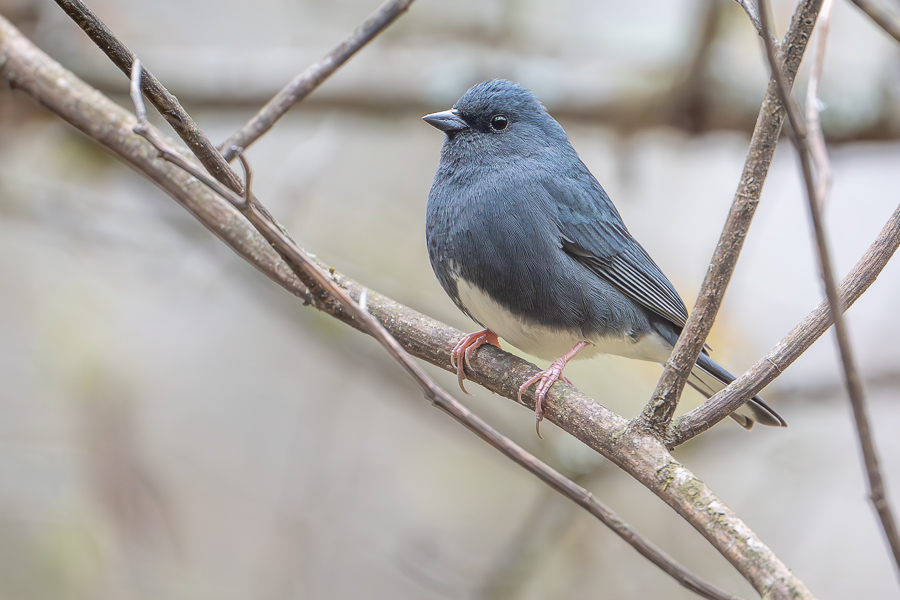

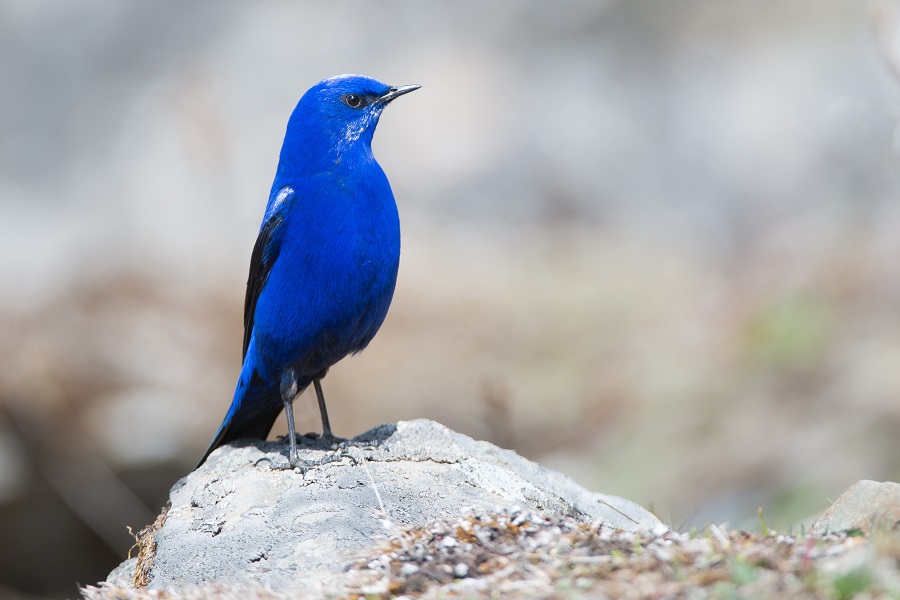



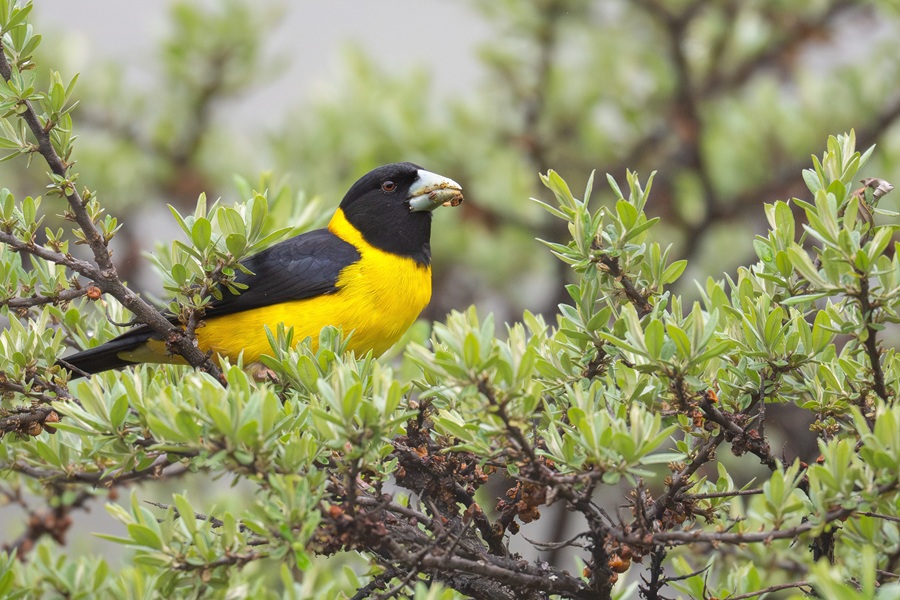





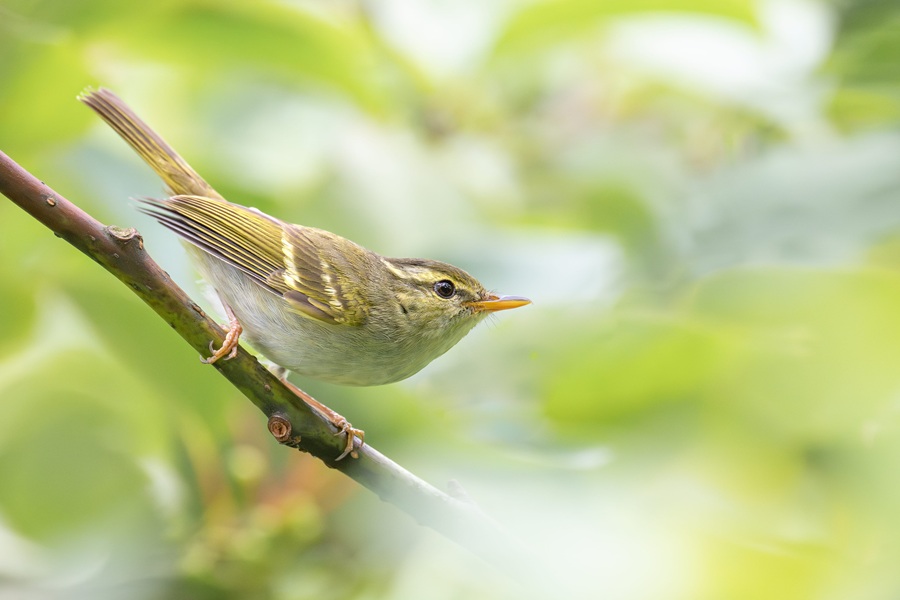





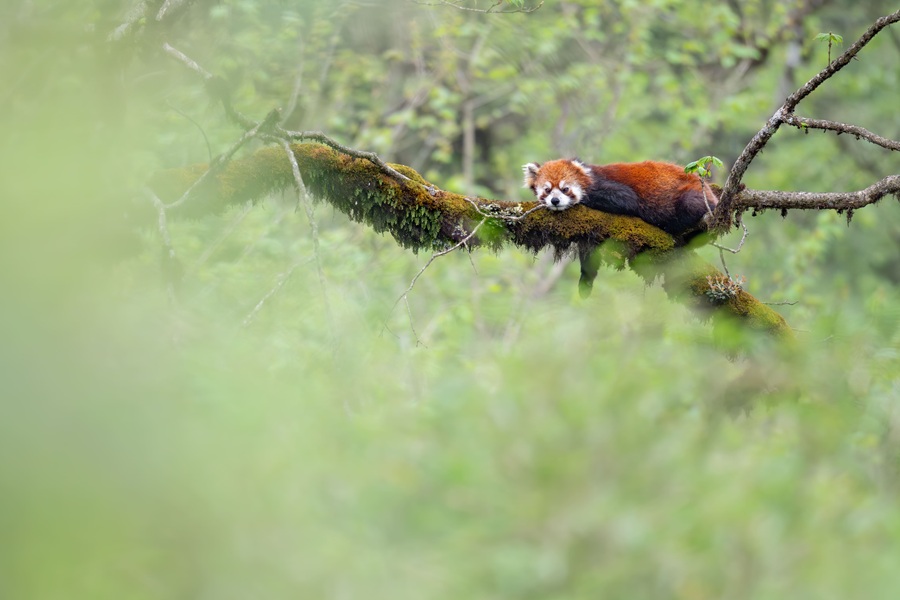
.jpg)


